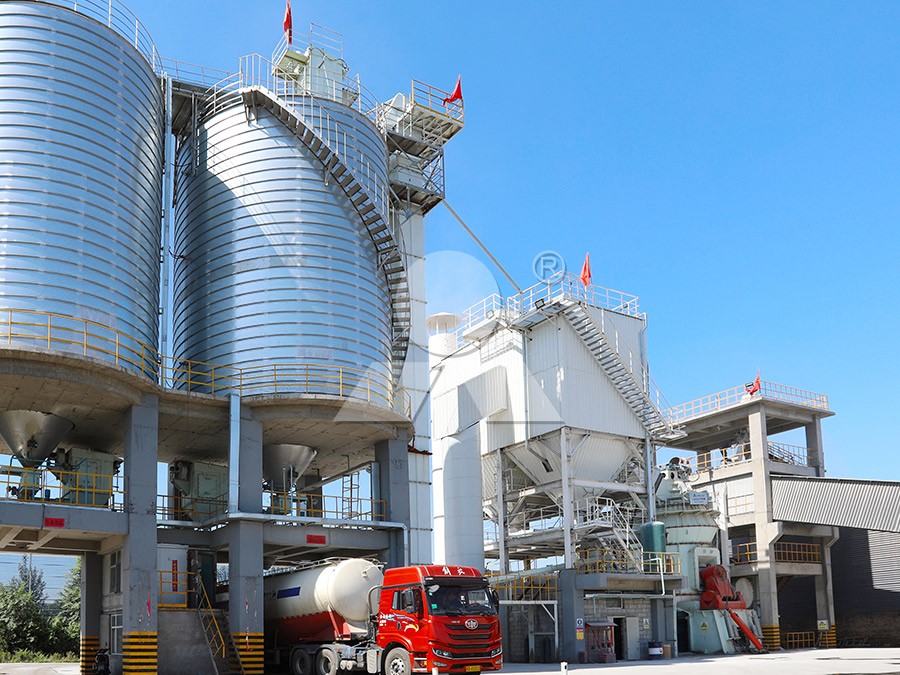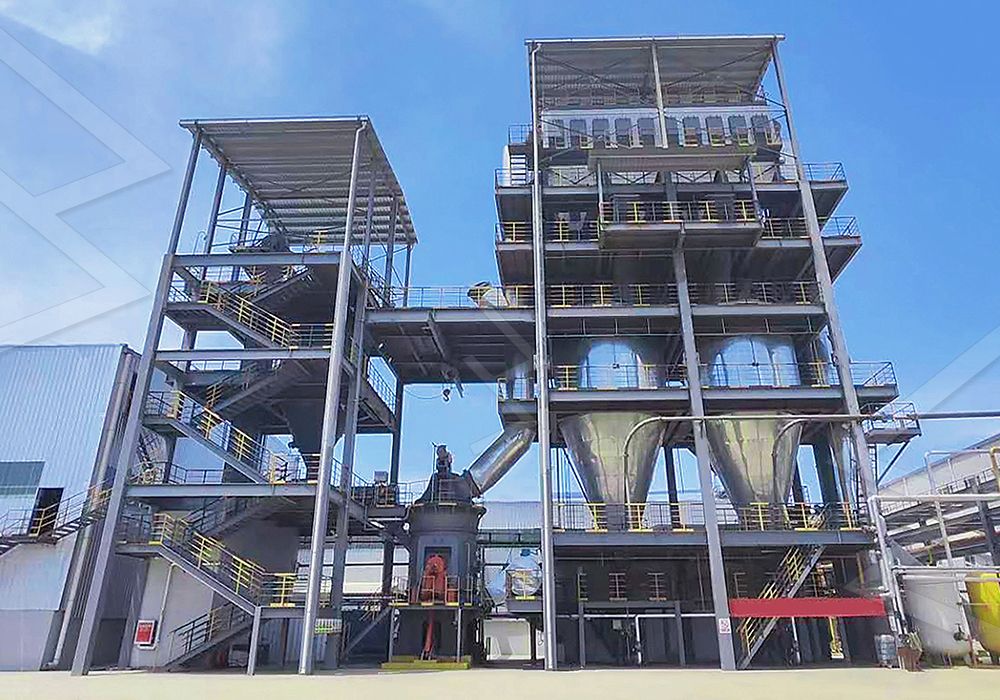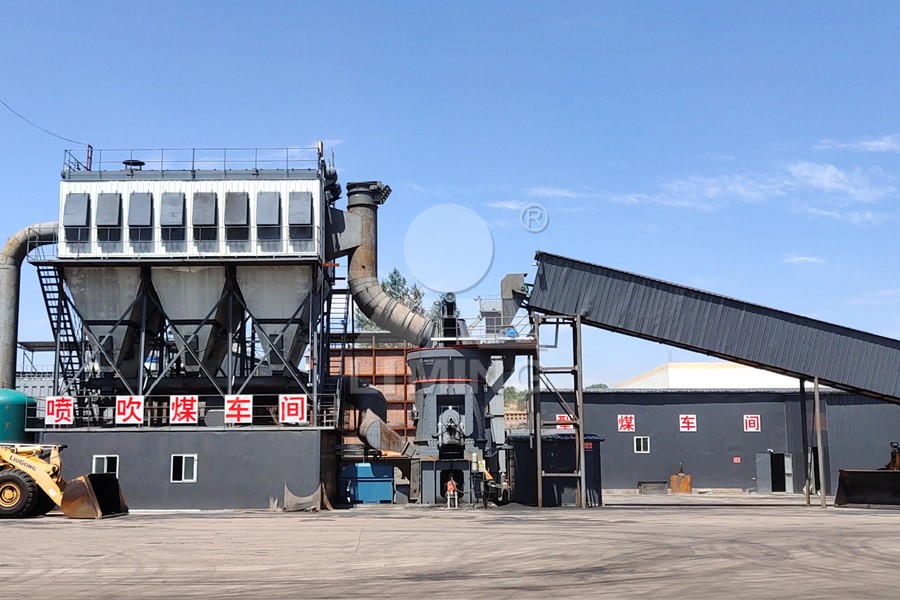Raw Meal Vertical Mill and Coal Vertical Mill Grinding Technology
Raw Meal Vertical Mill and Coal Vertical Mill Grinding Technology
In modern industrial processing, vertical grinding mills have revolutionized raw meal and coal preparation through their superior efficiency, compact design, and environmental benefits. These advanced grinding systems have largely replaced traditional ball mills in many applications due to their significant operational advantages.
Vertical mills utilize a bed compression grinding principle where materials are ground between a rotating table and stationary rollers. This method proves far more energy-efficient than the impact and attrition grinding found in ball mills. The integrated drying capability allows these mills to process materials with moisture content up to 15-20% without requiring separate drying equipment.

Technical Advancements in Vertical Grinding
Modern vertical mills incorporate sophisticated control systems that continuously monitor grinding pressure, material bed thickness, and separator speed. This precision control ensures consistent product quality while maximizing throughput. The grinding elements themselves have evolved with specialized wear-resistant alloys that significantly extend service life between maintenance intervals.
For operations requiring ultra-fine powders with precise particle size distribution, the MW Ultrafine Grinding Mill represents a technological breakthrough. With an input size capability of 0-20 mm and capacity ranging from 0.5-25 tph, this machine excels in producing powders between 325-2500 meshes. Its innovative design eliminates rolling bearings and screws in the grinding chamber, addressing common failure points in conventional mills. The integrated pulse dust collector and muffler system ensures environmentally compliant operation with minimal noise and dust emissions.
Coal Grinding Applications
In power generation and cement production, coal vertical mills have become the standard for pulverized coal preparation. These specialized mills handle the abrasive nature of coal while providing the precise fineness required for efficient combustion. The ability to dry and grind simultaneously makes them particularly suitable for processing coal with varying moisture content.

The LUM Ultrafine Vertical Grinding Mill demonstrates exceptional performance in coal applications, featuring a unique roller shell and lining plate grinding curve that promotes stable material layer formation. With input size of 0-10 mm and capacity of 5-18 tph, this mill incorporates advanced powder separating technology that reduces energy consumption by 30-50% compared to conventional mills. Its reversible structure simplifies maintenance, allowing quick access to grinding components without extensive disassembly.
Operational Benefits and Environmental Compliance
Vertical grinding systems operate under negative pressure, preventing dust emissions while containing noise within acceptable limits. The compact footprint reduces civil construction costs, and the automated control systems minimize operator intervention. Modern designs incorporate multiple safety features, including mechanical limiting devices that prevent destructive contact between grinding elements during unexpected vibration events.
The enclosed system design not only contains particulate matter but also reduces thermal losses, contributing to overall energy efficiency. With environmental regulations becoming increasingly stringent, these mills provide a compliant solution that maintains production efficiency while meeting emission standards.

Frequently Asked Questions
What is the typical energy savings compared to traditional ball mills?
Vertical mills typically reduce energy consumption by 30-50% compared to ball mills, with the exact savings depending on material characteristics and required product fineness.
How does the maintenance requirement compare between vertical and horizontal mills?
Vertical mills generally require less frequent maintenance, with wear parts lasting significantly longer due to the bed compression grinding principle. The accessible design also reduces maintenance time when service is required.
Can vertical mills handle high moisture materials without pre-drying?
Yes, most modern vertical mills can process materials with moisture content up to 15-20% through integrated hot gas systems that provide simultaneous drying and grinding.
What particle size distribution can be achieved with advanced vertical mills?
High-efficiency vertical mills can produce powders with fineness up to 2500 meshes, with narrow particle size distribution achieved through advanced separator technology.
How do vertical mills contribute to environmental compliance?
The enclosed negative pressure operation, integrated dust collection systems, and reduced noise emissions make vertical mills inherently more environmentally friendly than open grinding systems.
